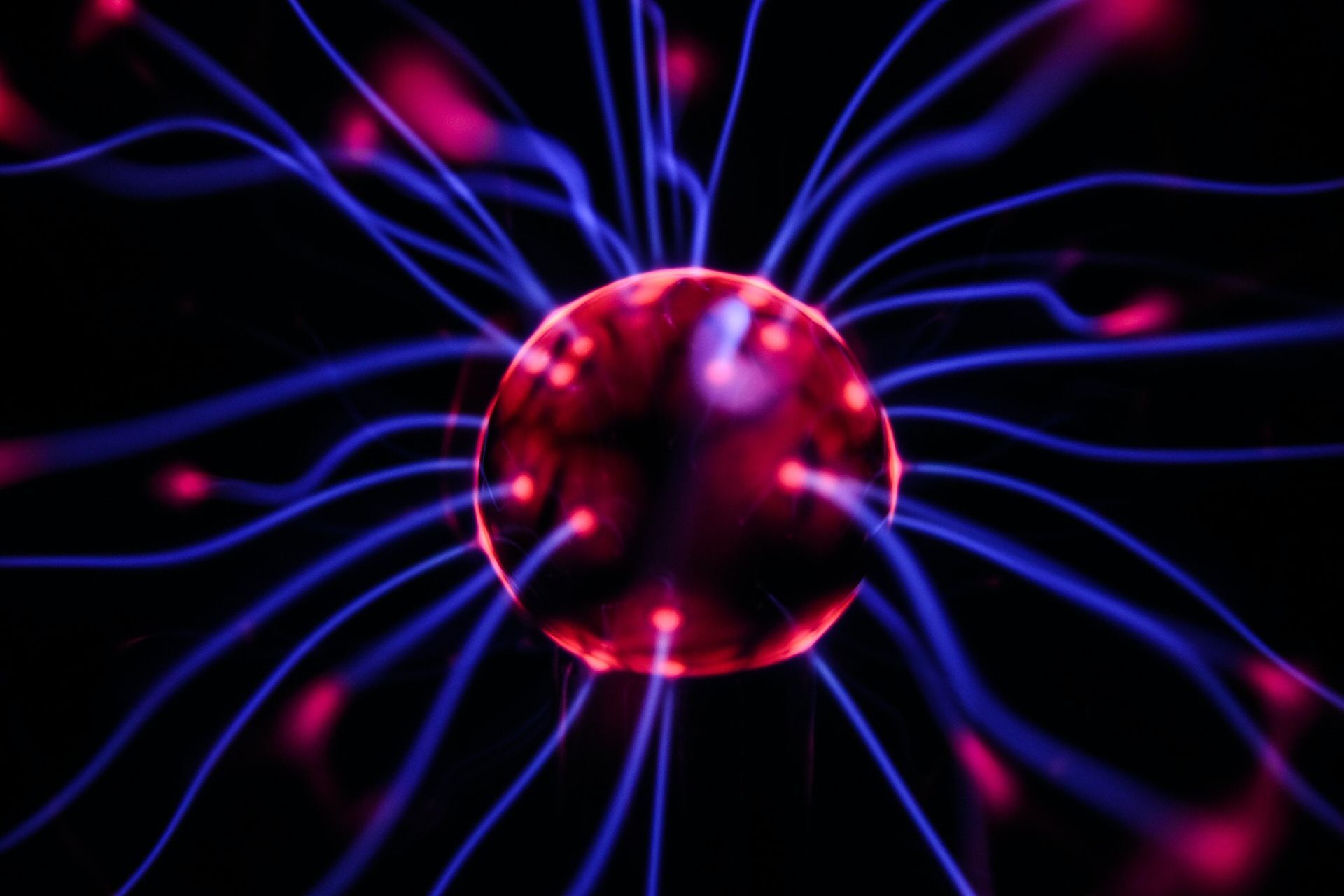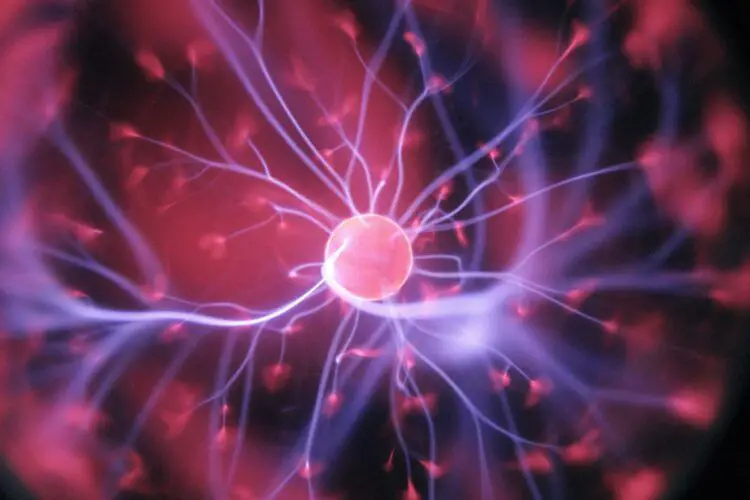LK-99, the groundbreaking room-temperature, ambient-pressure superconductor created by South Korean physicists, has the potential to revolutionize the electricity and electronics industries by enabling the transmission of electricity without resistance, leading to unprecedented efficiency and technological advancements. The room-temperature ambient-pressure superconductor is one of science’s most sought-after materials. A discovery that allows electricity to be transmitted without resistance could transform the electricity and electronics industries, boosting efficiency and technology.
Superconductivity must be understood before understanding room-temperature ambient-pressure superconductors. Electrons encounter atoms in a typical conductive material, causing resistance, heat dissipation, and energy loss. Superconductivity is fascinating. Electrons pair up and move freely through the material at near-absolute zero, conducting electricity without loss. This low resistance allows near-perfect energy transmission.
Superconductors were previously limited to specialized industries due to their ultra-cold temperatures. In the late 1980s, “high-temperature” superconductors were discovered that could operate at liquid nitrogen temperatures. However, these high-temperature superconductors were too brittle to use.

LK-99: The first room-temperature superconductor unveiled by the Korean team
The search for a material that can become superconducting at ordinary temperature and at normal atmospheric pressure has been the holy grail of superconductivity. The Korean team’s recent assertion that they have developed the first superconductor operating at room temperature and atmospheric pressure offers up previously unimaginable opportunities for technology and science.
The research team from South Korea presented LK-99, a ground-breaking substance created via a solid-state reaction between copper phosphide (Cu3P) and lanarkite (Pb2SO5). Because of its special modified lead-apatite structure, LK-99 can preserve and display superconductivity at room temperature and atmospheric pressure. It’s noteworthy that the superconductivity of LK-99 is generated by a minute structural distortion brought on by a tiny volume contraction brought on by the replacement of Cu2+ ions for Pb2+ ions in the insulating network of Pb(2)-phosphate. The cylindrical column interface of LK-99 develops superconducting quantum wells (SQWs) as a result of this structural distortion.
The researchers illustrated several superconducting properties in LK-99 in their preprint articles. According to a study, LK-99’s critical temperature (Tc) is higher than 400 K (127°C), indicating that it can attain superconductivity at ambient temperature. Further evidence for superconductivity was provided by the team’s observations of a substantial decrease in electrical resistivity around 378 K (220°C) and a close to zero resistance around 333 K (140°C). The Meissner effect, a sign of superconductivity, was also demonstrated by the researchers when LK-99 displayed levitation when put on a magnet.

LK-99 excited and alarmed scientists
Superconductors operating at ambient pressure and at room temperature were announced, creating great excitement. These materials have a wide range of possible uses and might introduce revolutionary improvements across many sectors.
Some of the options include:
- Batteries that are a lot more effective.
- Atomic computers.
- Keeping renewable energy sources in storage.
- Vehicles for the air, sea, and land gain power and range.
- Incredibly fast magnetic trains.
- Improved energy distribution efficiency.
Let’s take a closer look. Shall we?
Batteries that are a lot more effective
The room-temperature superconductor LK99 has the potential to transform battery technology. Its application in batteries may result in batteries with much better energy storage capacity and quicker charging periods for a variety of gadgets, including electric vehicles, computers, and smartphones. This would improve daily use by supplying more dependable and long-lasting power sources.
Atomic computers
The creation of LK99 may represent a significant advance in quantum computing. The fragile quantum states necessary for performing complicated calculations must be created and maintained, and this is only possible with superconducting materials. If LK99 is shown to be a workable room-temperature superconductor, it may open the door for more widely available and useful quantum computers, enabling more rapid and potent data processing for a variety of businesses.
Keeping renewable energy sources in storage
Renewable energy sources, including sun and wind, frequently provide power sporadically. Because of LK99’s potential as a room-temperature superconductor, excess energy might be effectively stored during periods of high production. It would therefore be possible to release this stored energy during times of low energy production, maintaining a steady and continuous supply of renewable energy and making it easier to rely on clean energy sources for everyday power demands.
Vehicles for the air, sea, and land gain power and range
Transportation might significantly develop with the use of LK99 in electrical motors and propulsion systems. The performance and energy efficiency of electric vehicles (EVs), aircraft, ships, and trains might be increased. With LK99, EVs could be capable of faster charging and longer ranges, which would make them more useful for daily travel and cut down on carbon emissions.

Incredibly fast magnetic trains
With LK99, magnetic levitation (maglev) trains, which currently travel at remarkable speeds, may make even more strides. The superconductor might make it possible for maglev trains to travel at faster speeds and enhance everyday transportation for passengers in metropolitan areas by minimizing energy loss during propulsion.
Improved energy distribution efficiency
The use of LK99 in transmission networks for electrical power might dramatically reduce energy losses during long-distance distribution. More stable power infrastructure and lower electricity bills as a result of this improved efficiency would benefit both homes and businesses that use electricity on a daily basis.
It is crucial to stress that the aforementioned application fields are completely speculative and have not yet received approval from the scientific community. A room-temperature superconductor similar to LK99 has not yet been conceptualized or realized, and its potential as well as its practical applications are yet unknown.
However, cynicism may also be found in the exhilaration. Many claims of room-temperature superconductors have previously been made on the subject of superconductivity, but they have always fallen short of close examination. The scientific community is still hesitant and encourages additional verification of the results of the Korean team. To prove the validity of their finding, peer-reviewed studies and independent replication of results are important.
Do you know about Overflow AI?
Featured image credit: Hal Gatewood/Unsplash.





